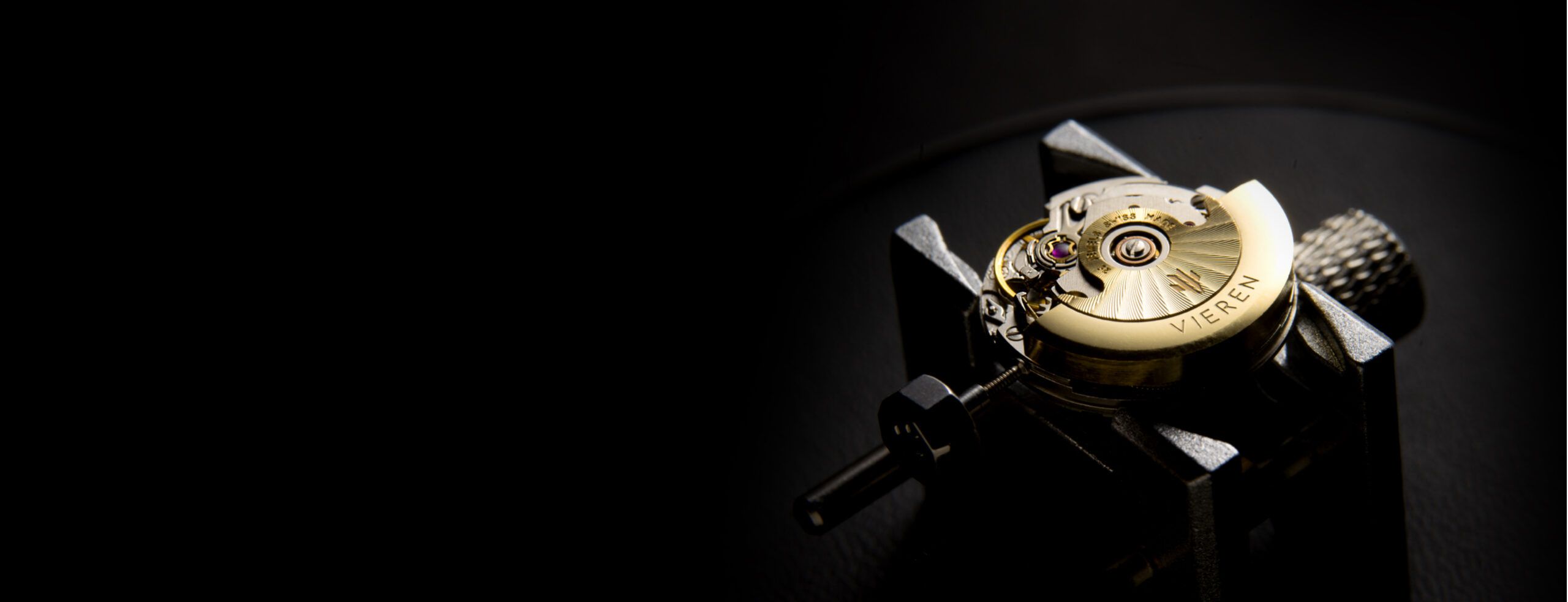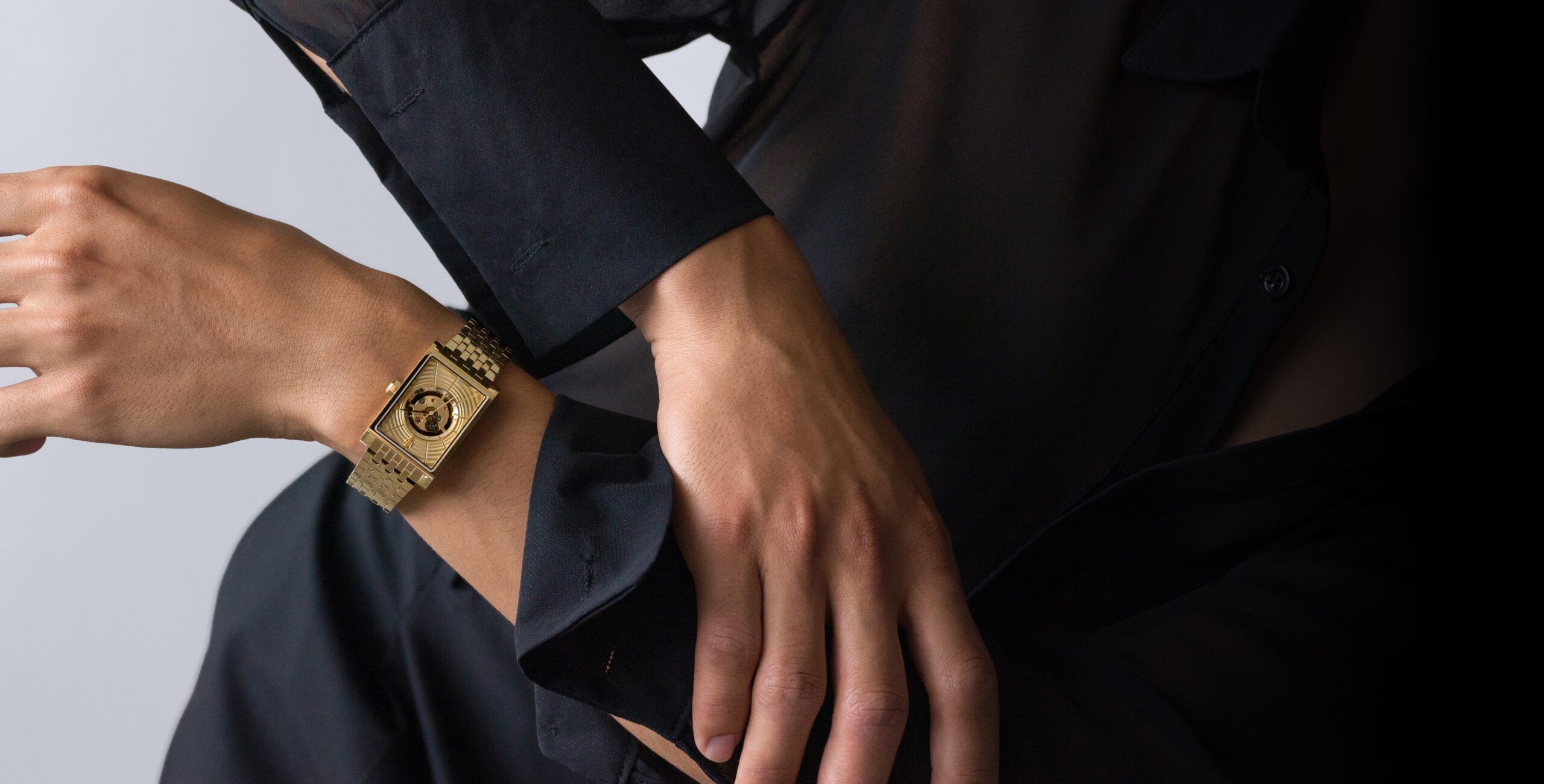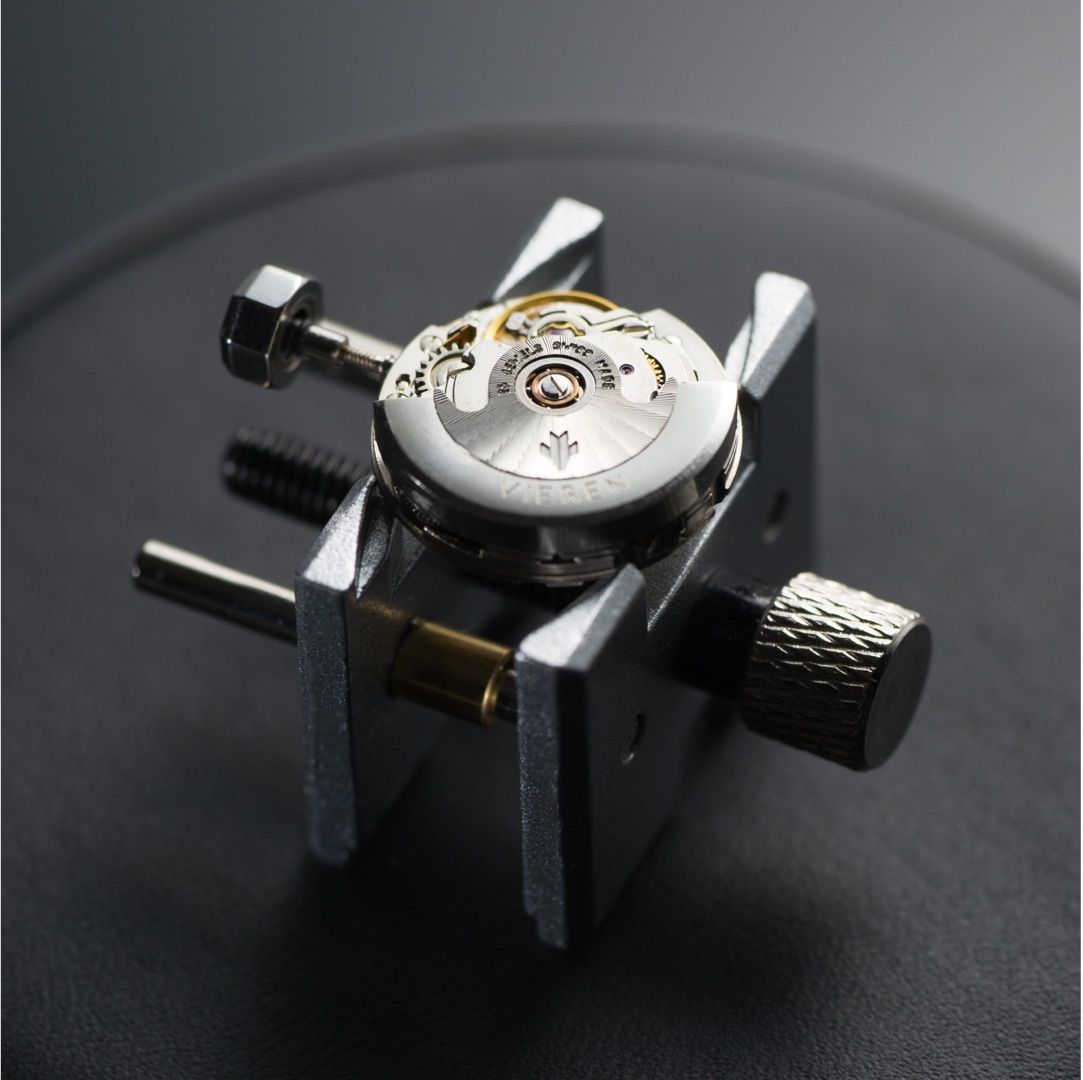
Automatic vs. Mechanical vs. Quartz Watch Movements Explained
Explore the fascinating world of watch movements and learn how traditional craftsmanship meets modern innovation.
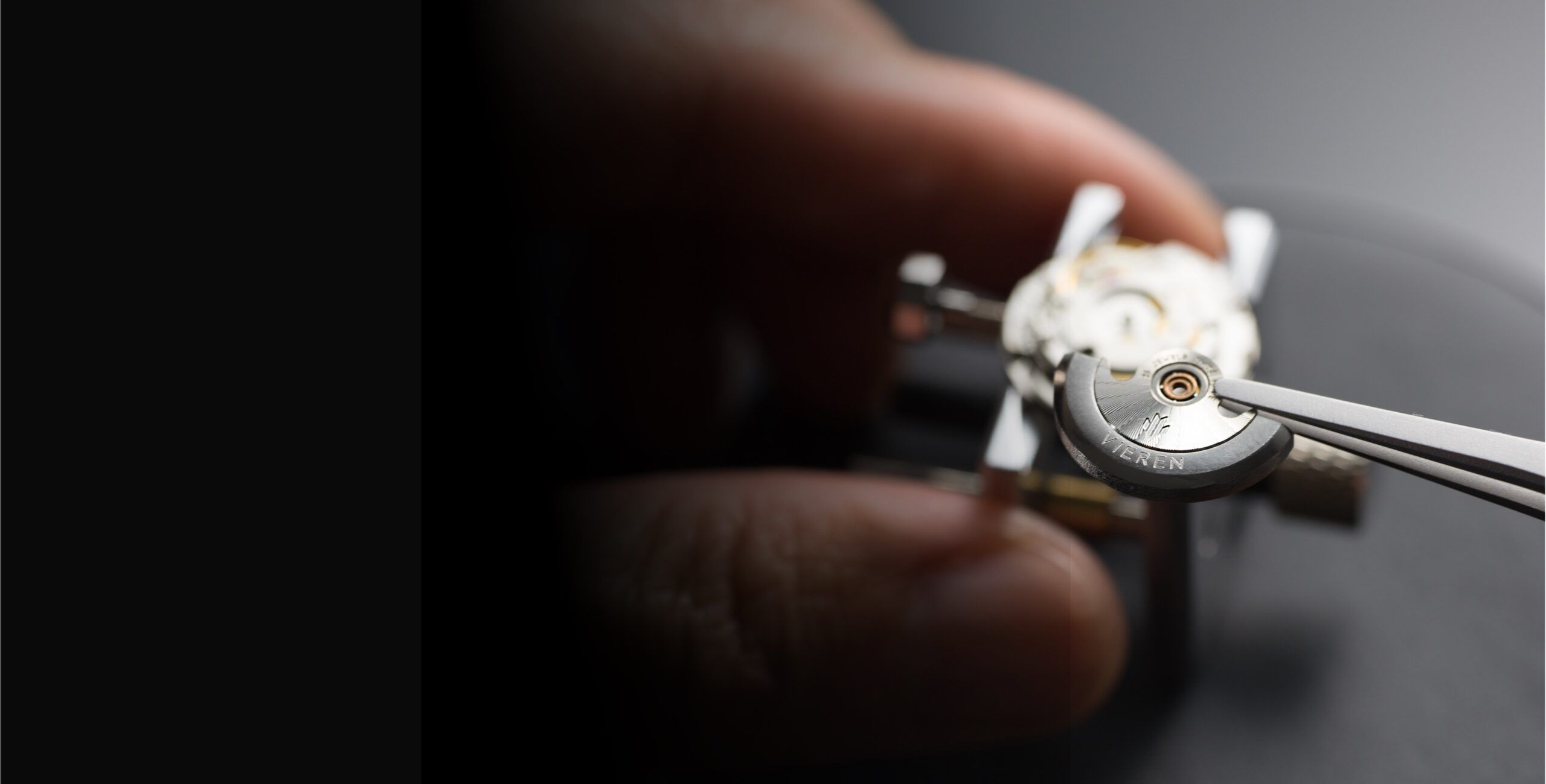
A quartz watch runs on a small battery that sends electricity through a quartz crystal, causing it to vibrate at a precise frequency. These vibrations regulate the movement of the watch hands, delivering consistent and accurate timekeeping with minimal maintenance. Quartz watches are lightweight, reliable, and ideal for those who want convenience and precision without needing to wind or service their timepiece often.
Quartz technology was introduced by Seiko in 1969 with the launch of the Astron, the world’s first quartz wristwatch. This breakthrough marked the beginning of the Quartz Revolution, disrupting the traditional Swiss watch industry by offering affordable, highly accurate watches to the mass market. It shifted the industry’s focus from artisanal craftsmanship to electronic innovation, transforming how people around the world kept time.
A quartz watch runs on a small battery that sends electricity through a quartz crystal, causing it to vibrate at a precise frequency. These vibrations regulate the movement of the watch hands, delivering consistent and accurate timekeeping with minimal maintenance. Quartz watches are lightweight, reliable, and ideal for those who want convenience and precision without needing to wind or service their timepiece often.
Quartz technology was introduced by Seiko in 1969 with the launch of the Astron, the world’s first quartz wristwatch. This breakthrough marked the beginning of the Quartz Revolution, disrupting the traditional Swiss watch industry by offering affordable, highly accurate watches to the mass market. It shifted the industry’s focus from artisanal craftsmanship to electronic innovation, transforming how people around the world kept time.
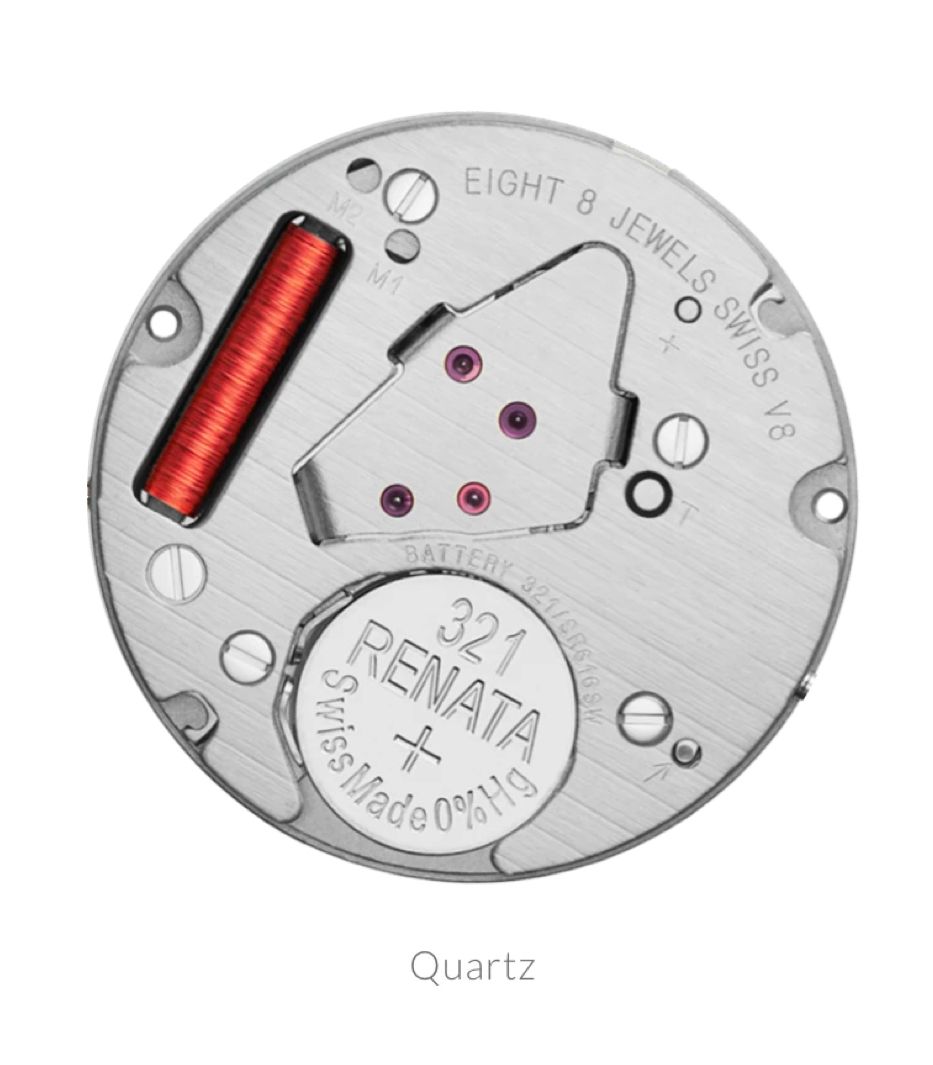

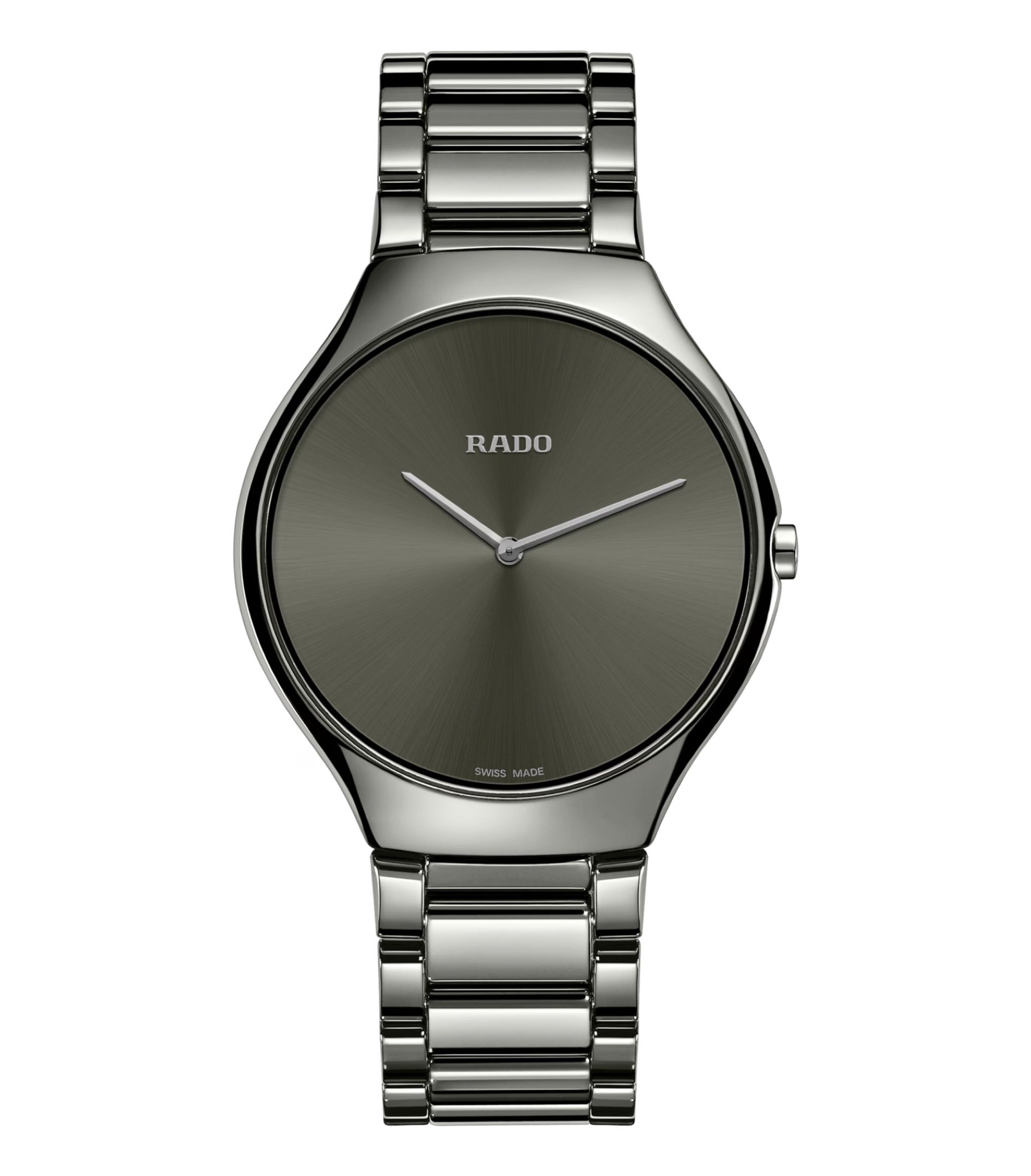

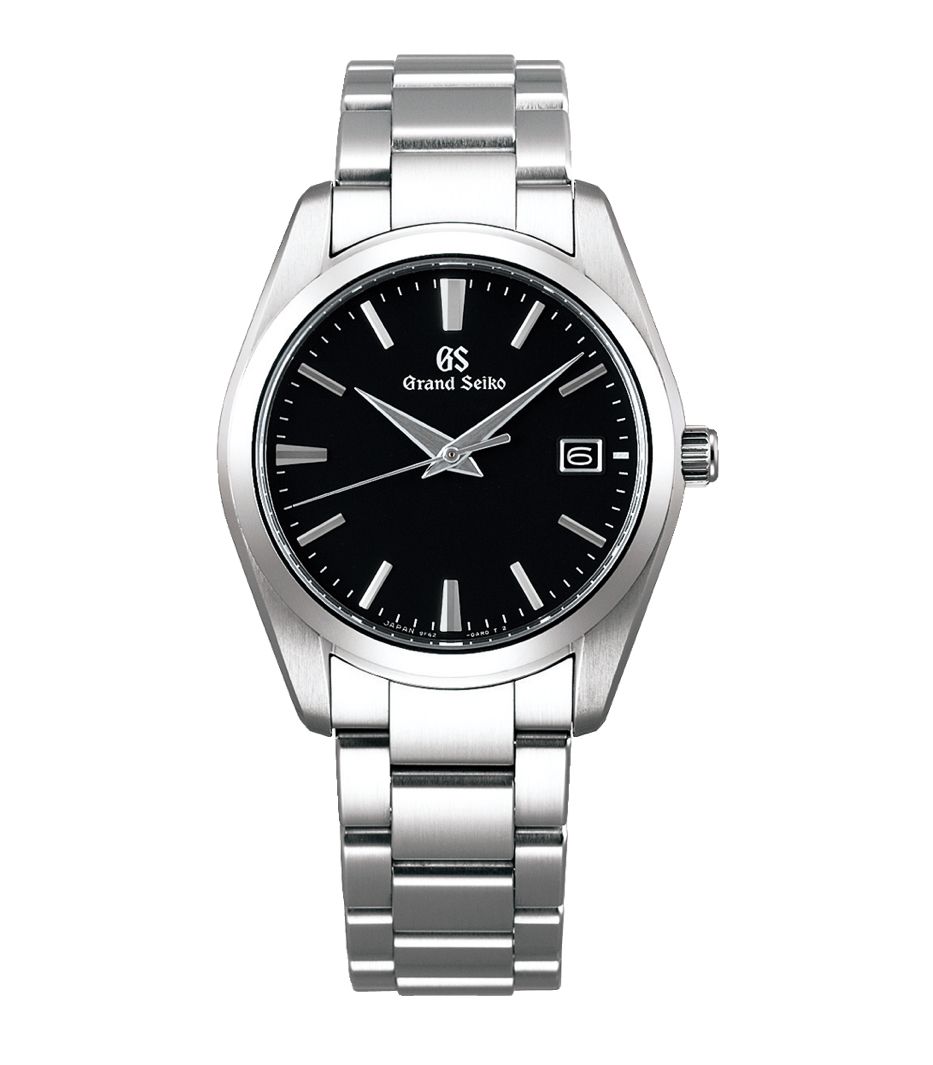

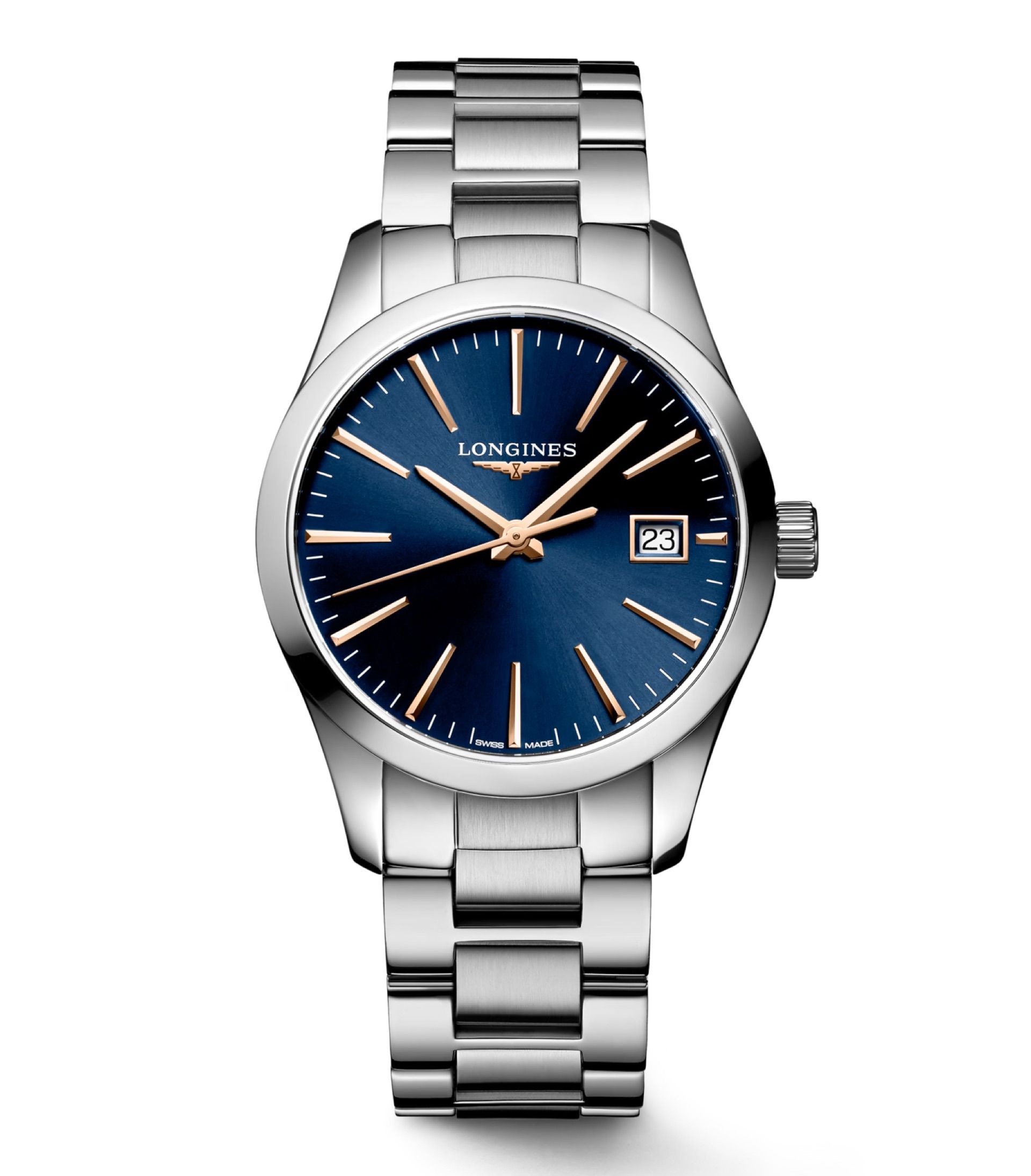

An automatic watch is a type of mechanical timepiece that winds itself through everyday movement. As you wear the watch, a rotor inside the case spins and winds the mainspring, storing energy that powers the gears and hands. Automatic watches don’t require batteries, making them a more sustainable and emotionally resonant option for those who appreciate traditional craftsmanship and intricate engineering.
Automatic movements were developed in the 18th century by Swiss horologist Abraham Louis Perrelet, but they gained widespread popularity in the early 20th century with brands like Rolex and Harwood refining the technology. These self-winding watches became symbols of fine watchmaking, especially in the post-war era, offering both innovation and the romance of mechanical precision. Today, they remain a favourite among collectors and enthusiasts who value artistry and legacy in timekeeping.
An automatic watch is a type of mechanical timepiece that winds itself through everyday movement. As you wear the watch, a rotor inside the case spins and winds the mainspring, storing energy that powers the gears and hands. Automatic watches don’t require batteries, making them a more sustainable and emotionally resonant option for those who appreciate traditional craftsmanship and intricate engineering.
Automatic movements were developed in the 18th century by Swiss horologist Abraham Louis Perrelet, but they gained widespread popularity in the early 20th century with brands like Rolex and Harwood refining the technology. These self-winding watches became symbols of fine watchmaking, especially in the post-war era, offering both innovation and the romance of mechanical precision. Today, they remain a favourite among collectors and enthusiasts who value artistry and legacy in timekeeping.
Automatic watch movements work by using a weighted rotor inside the watch that spins with the natural motion of your wrist, winding the mainspring and storing energy. This stored energy is then gradually released through a series of gears and an escapement mechanism, which powers the movement of the watch hands. Most automatic watches have a power reserve of 40 to 70 hours, allowing them to continue running for one to three days even when not worn.
For a more detailed explanation, check out our full guide on: How Automatic Watches Work?.
Automatic watch movements work by using a weighted rotor inside the watch that spins with the natural motion of your wrist, winding the mainspring and storing energy. This stored energy is then gradually released through a series of gears and an escapement mechanism, which powers the movement of the watch hands. Most automatic watches have a power reserve of 40 to 70 hours, allowing them to continue running for one to three days even when not worn.
For a more detailed explanation, check out our full guide on: How Automatic Watches Work?.
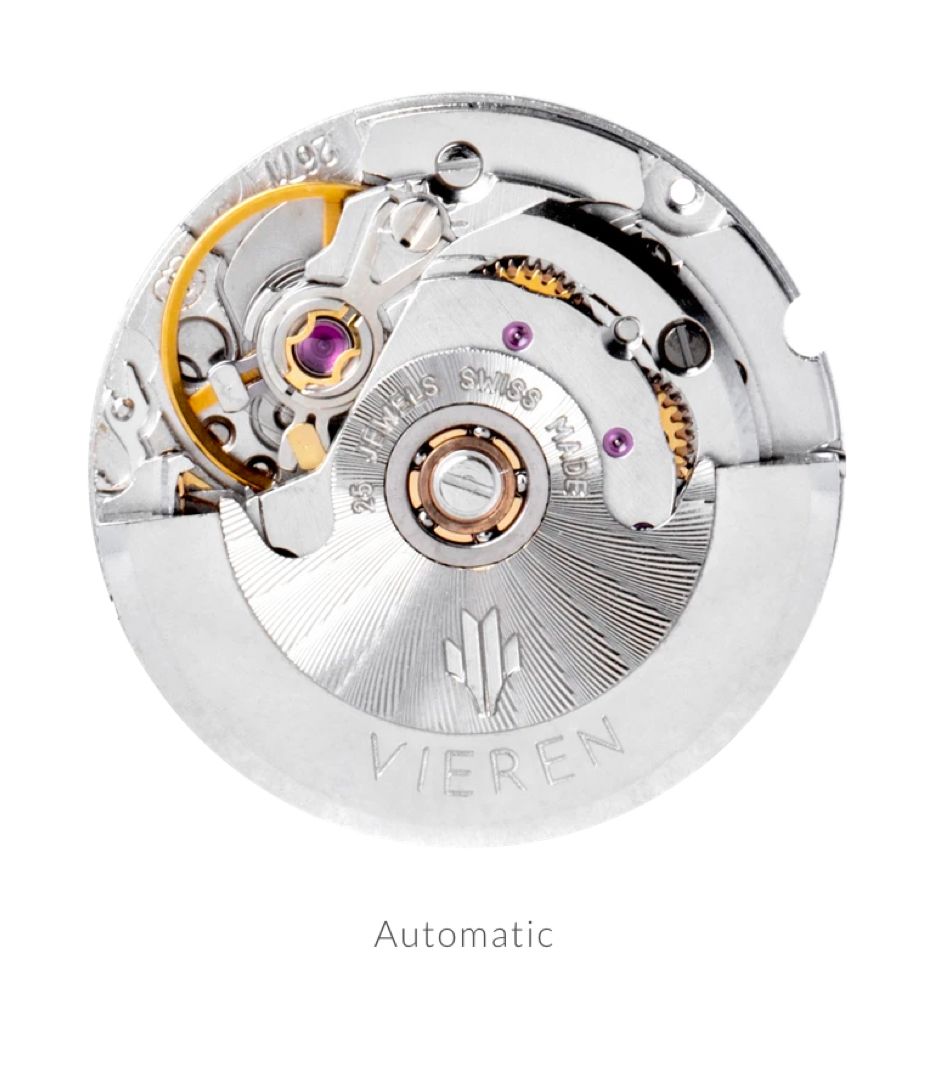

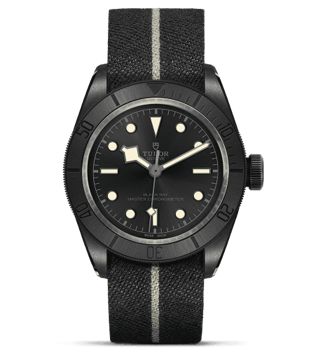

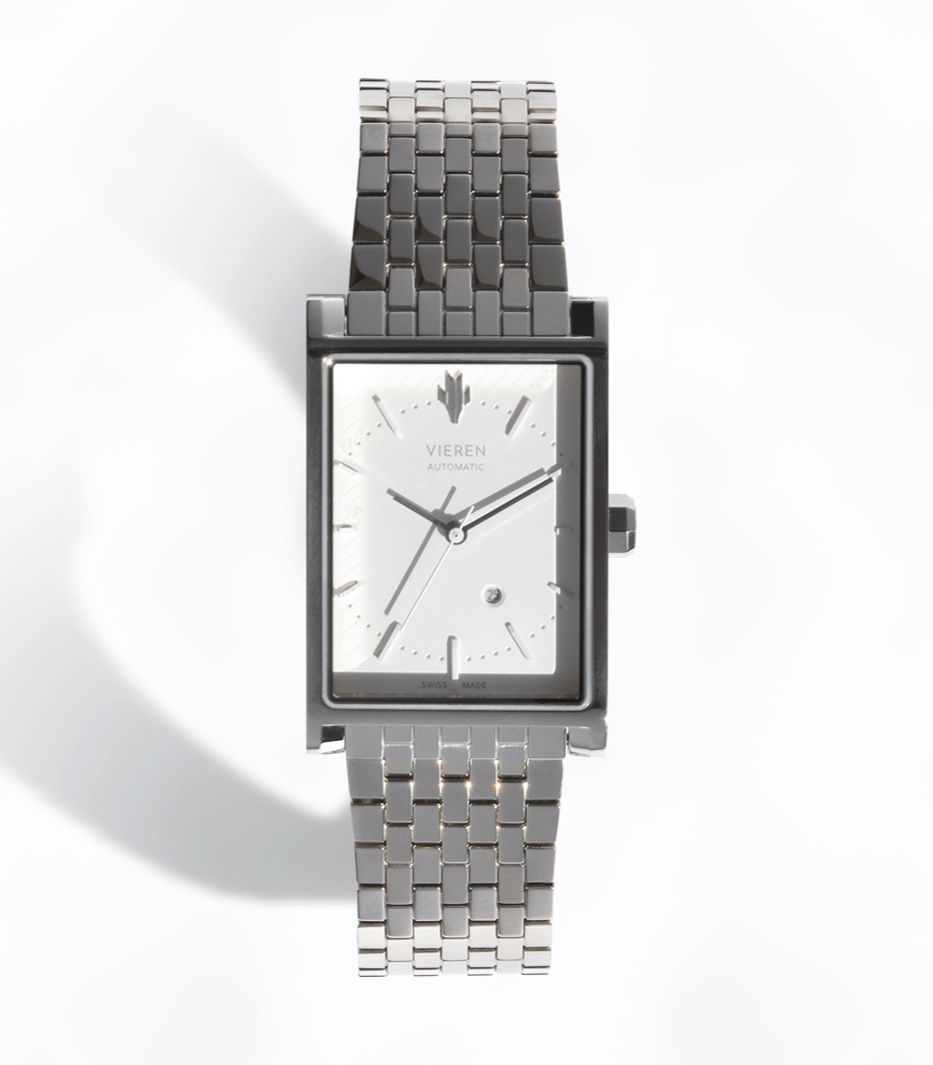

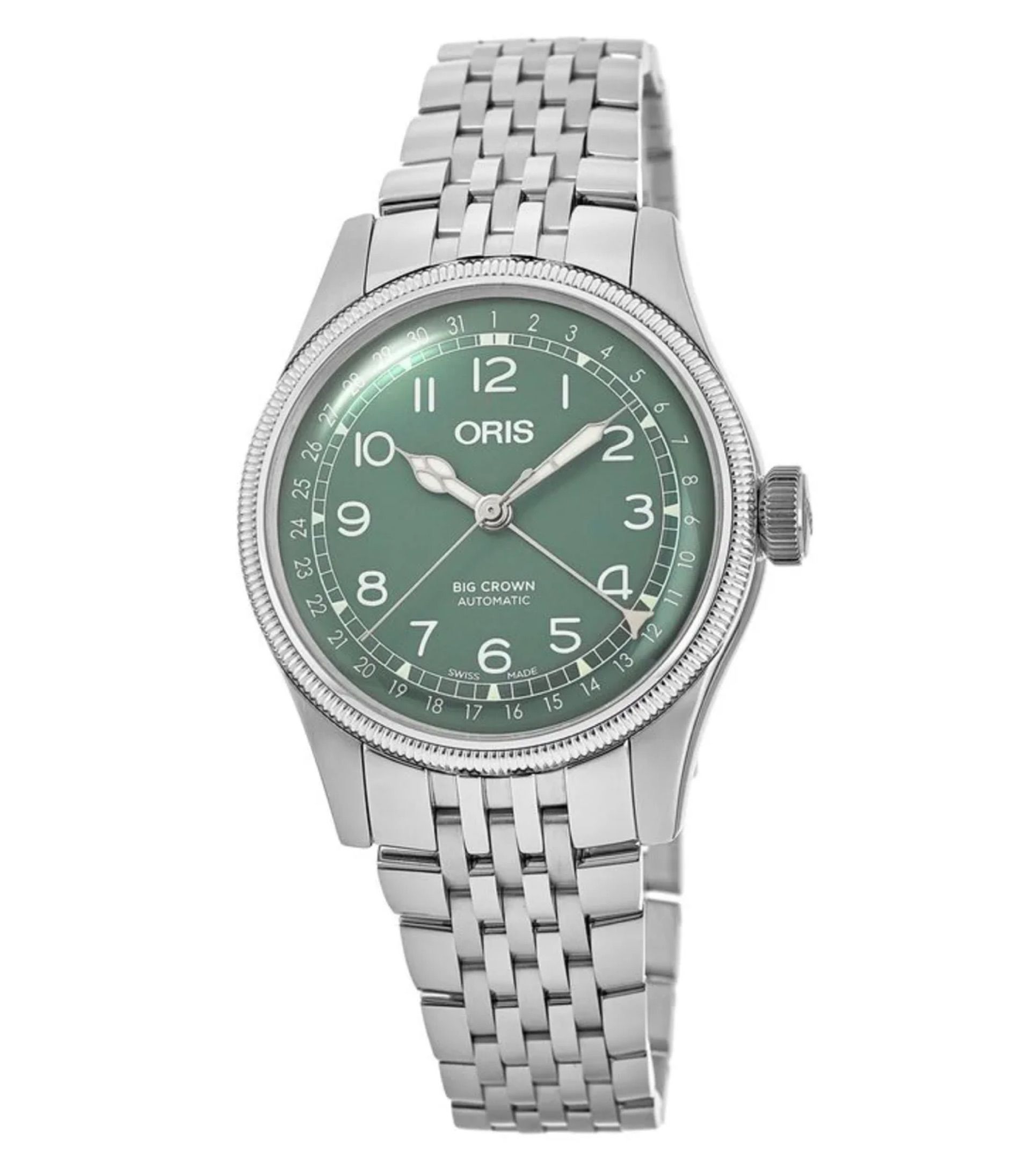

Deciding between a quartz and an automatic watch comes down to what kind of experience you want from your timepiece and what qualities matter most to you. Each movement style offers its own unique benefits, showcasing different priorities in accuracy, craftsmanship, and ease of use. Instead of asking which is better, consider which aligns best with your daily habits and personal connection to your watch.
Thinking about an automatic? Discover our guide on: 9 Expert Tips for Buying Your First Automatic Watch.
Deciding between a quartz and an automatic watch comes down to what kind of experience you want from your timepiece and what qualities matter most to you. Each movement style offers its own unique benefits, showcasing different priorities in accuracy, craftsmanship, and ease of use. Instead of asking which is better, consider which aligns best with your daily habits and personal connection to your watch.
Thinking about an automatic? Discover our guide on: 9 Expert Tips for Buying Your First Automatic Watch.
Deciding between a quartz and an automatic watch comes down to what kind of experience you want from your timepiece and what qualities matter most to you. Each movement style offers its own unique benefits, showcasing different priorities in accuracy, craftsmanship, and ease of use. Instead of asking which is better, consider which aligns best with your daily habits and personal connection to your watch.
Thinking about an automatic? Discover our guide on: 9 Expert Tips for Buying Your First Automatic Watch.
Deciding between a quartz and an automatic watch comes down to what kind of experience you want from your timepiece and what qualities matter most to you. Each movement style offers its own unique benefits, showcasing different priorities in accuracy, craftsmanship, and ease of use. Instead of asking which is better, consider which aligns best with your daily habits and personal connection to your watch.
Thinking about an automatic? Discover our guide on: 9 Expert Tips for Buying Your First Automatic Watch.


